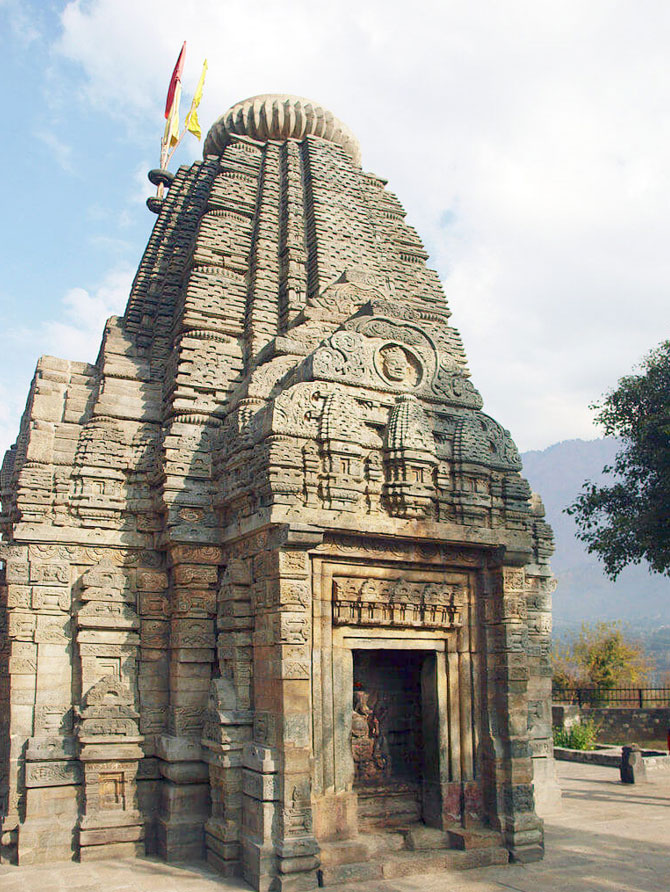Himachal Pradesh, nestled in the Himalayas, boasts a diverse and fascinating history. It was inhabited by various indigenous tribes such as the Kols, Khasas, and Kiratas in ancient times. Throughout the medieval period, it witnessed the rule of various dynasties including the Rajputs, Gurkhas, and the Mughals, each leaving their mark on the region’s culture and heritage.
In the 19th century, the British East India Company gained control over Himachal Pradesh, integrating it into British India. After independence, it became a part of the Punjab region until it gained statehood in 1971, becoming its own entity.
Himachal Pradesh’s history is characterized by its strategic location in the Himalayas, its cultural diversity, and its resilience in the face of external influences. Today, it stands as a testament to its rich past, attracting tourists and historians alike with its breathtaking landscapes and vibrant traditions.


